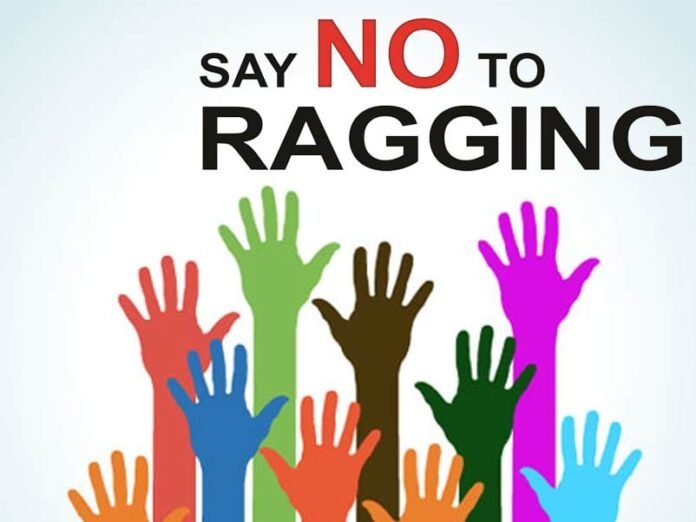Ragging is a serious social menace often masked under the guise of tradition, fun, or informal introduction within educational institutions. While some consider it a way for senior students to welcome newcomers, in reality, it frequently takes the form of harassment, bullying, and psychological abuse. Ragging includes a wide range of harmful behaviors—verbal humiliation, physical intimidation, mental torture, and even sexual harassment. Far from being a harmless interaction, it is a practice that has long-lasting negative consequences.
One of the most damaging aspects of ragging is its impact on mental health. Victims of ragging often suffer from stress, anxiety, insomnia, depression, and even suicidal thoughts. Students who once entered institutions with enthusiasm and hope often find themselves emotionally shattered. Ragging kills confidence, damages self-worth, and creates an environment of fear and humiliation. Some students, unable to cope with the continuous pressure and trauma, choose to drop out or isolate themselves, which affects not just their academic performance but also their overall personal development.
The practice of ragging not only harms individuals but also damages the reputation of educational institutions. It disrupts harmony on campus and encourages a toxic culture of dominance and power imbalance. Instead of fostering a sense of unity and friendship, it creates divisions, mistrust, and resentment between juniors and seniors. Ragging, therefore, does the exact opposite of what it claims to achieve.
Furthermore, ragging often violates basic human rights and legal protections. Many countries, including India, have implemented strict anti-ragging laws and punishments, including expulsion, suspension, and criminal charges. Despite these measures, incidents still occur, largely due to silence, peer pressure, and a lack of awareness.
Eradicating ragging requires collective responsibility. Institutions must promote a culture of empathy, support, and inclusion. Counseling services, awareness campaigns, and strict disciplinary actions must be put in place to ensure that students feel safe and respected. Seniors should be encouraged to interact positively with juniors, setting examples of mentorship rather than misuse of authority.
In conclusion, ragging is not a rite of passage—it is a violation of dignity. It hinders academic growth, mental peace, and the very spirit of education. It is high time society rejects this cruel practice and ensures that campuses become places of encouragement, not fear.


